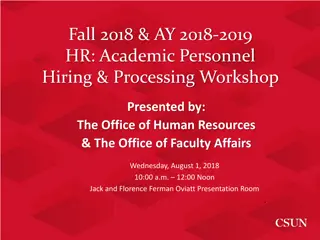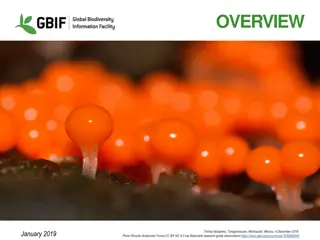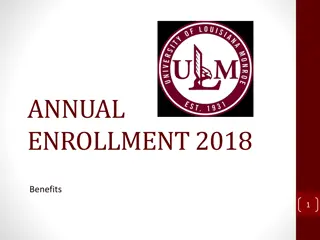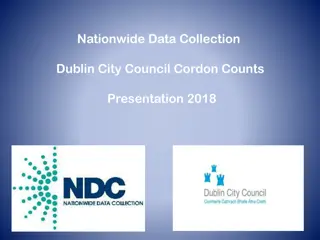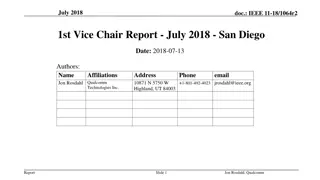
Biochemistry
Explore the role of enzymes as protein catalysts in mediating virtually all reactions in the body, directing metabolic events, and overcoming energy barriers for efficient pathways. Learn about the classification of enzymes and their specific functions in different biochemical processes.
Download Presentation

Please find below an Image/Link to download the presentation.
The content on the website is provided AS IS for your information and personal use only. It may not be sold, licensed, or shared on other websites without obtaining consent from the author. If you encounter any issues during the download, it is possible that the publisher has removed the file from their server.
You are allowed to download the files provided on this website for personal or commercial use, subject to the condition that they are used lawfully. All files are the property of their respective owners.
The content on the website is provided AS IS for your information and personal use only. It may not be sold, licensed, or shared on other websites without obtaining consent from the author.
E N D
Presentation Transcript
Enzymes Enzymes (substrates) and the products. Virtually all reactions in the body are mediated by enzymes, which are protein catalysts that increase the rate of reactions without be \ing changed in the overall process. Among the many biologic reactions that are energetically possible, enzymes selectively channel reactants (called substrates) into useful pathways. Enzymes thus direct all metabolic events. This chapter examines the nature of this catalytic molecule s and their mechanism of action. are energy barriers separating the reactants Note: (en = In, zyme = yeast). Definitions: A. Enzymes: These are specific protein catalysts that: 1. Accelerate the rate of chemical reactions. 2. Enzyme structure is not changed by entering the reactions, 3. Enzyme does not affect the equilibrium constant (i.e. end products) of the reactions. B. Rate of chemical reaction: It is the change in the amount (moles, grams) of starting materials (substrates) or products per unit time. C. Substrate: Is the substance upon which the enzyme acts.
Classification of enzymes: There are 6 classes of enzymes which are: A. Oxidoreductase: This group of enzymes catalyzes an oxidation- reduction reaction between two substrates: 1. Oxidoreductases are further classified according to the substrate oxidized and to the mechanism of oxidation. 2. The mechanism of oxidation is either by removal of hydrogen (dehydrogenase&) or by addition of oxygen (oxidases). 3. Example of Oxidoreductase & includes the respiratory chain enzymes (see biological oxidation). B. Transferase: This group of enzymes catalyzes the transfer of a group other than hydrogen from one substrate to another: 1. They are further classified according to the group transferred into: phosphotransferases, transaminases, transketolases, transacylase, transformylases and transmethylases. Synthase enzymes are transferase enzymes. 2. Example: a) Phosphotransferases: Kinases: b) Acyltransferases: syntheses:
C. Hydrolase: this group catalyzes hydrolysis i.e. breakdown of a chemical bond by addition of water: A B HOH AH + BOH Example: peptidase: D. Lyases: This group of enzymes catalyzes addition of carbon dioxide, water and ammonia across double bonds, or removes these elements to produce double bonds. Example: Decarboxylase: E. lsomerases: This group of enzymes catalyzes the lnterconversion of one isomer into another. This group Includes: lsomerases, mutases and eplmerases. Example: phosphohexose Isomerase: F. Ligases for synthetases: This group of enzymes catalyzes joining of two substrates using the energy from ATP or GTP. Example: Glutamine synthetase.

